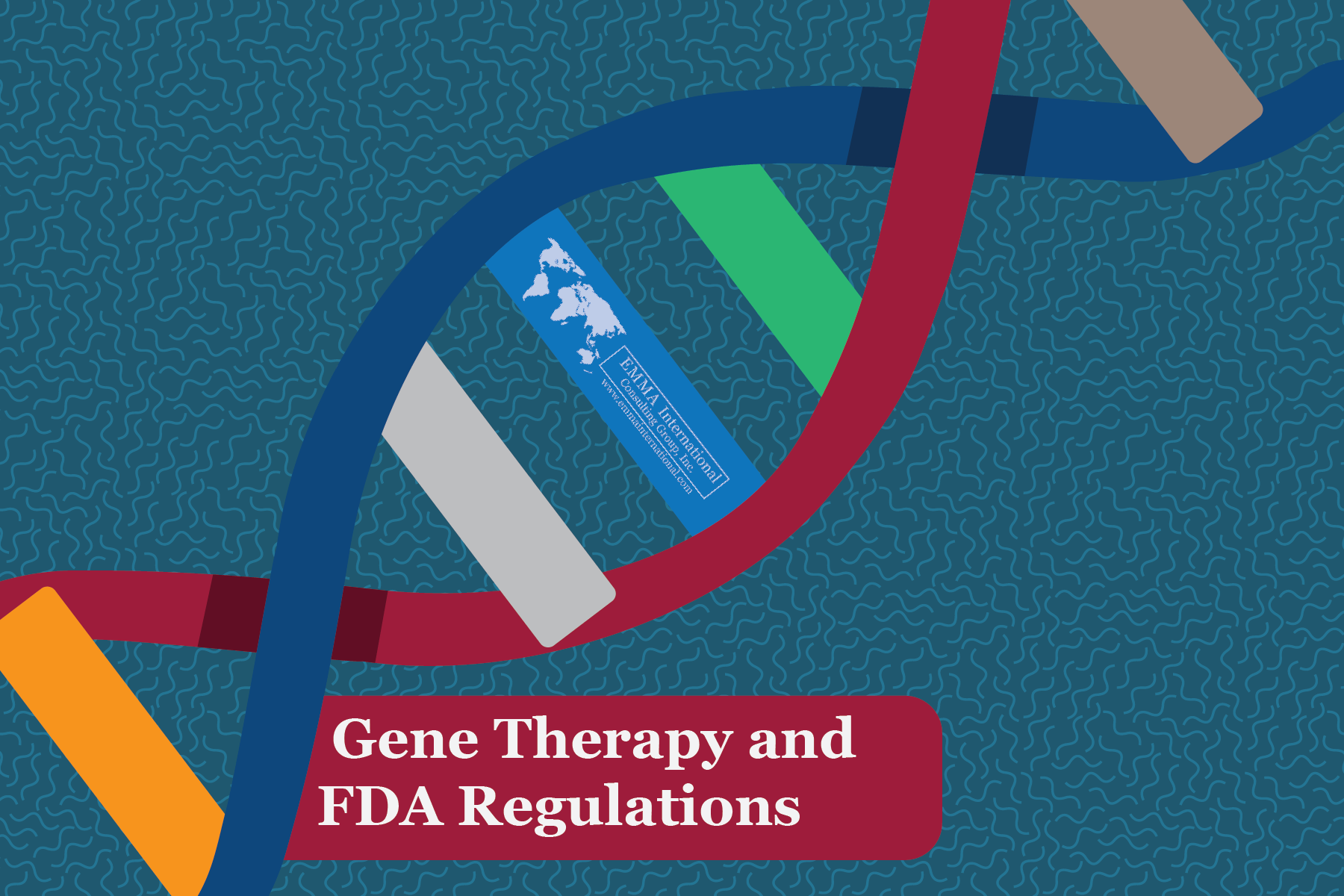How does gene therapy fit into the FDA? Is it a medical device, a drug, or a combination product? What if gene therapy can cure a life-threatening disease? There are a lot of questions that can pop into your mind when you first hear “gene therapy”, but EMMA International is here to answer them.
Gene therapy is a field that is expected to rise in the near future. With the ability to treat or prevent diseases, gene therapy has finally caught the eyes of the FDA in a significant way.
The Center for Biologics Evaluation and Research (CBER) has approved both cellular and gene therapy products; however, the FDA just recently finalized a set of policies for the development and assessment of gene therapies. This clarified its views as it prepares for a coming surge of new treatments in diseases. By 2025, the FDA expects it will be reviewing and approving between 10 and 20 cell and gene therapy requests each year, which will also help advance the science. 1
Gene therapy is classified as a biological product that needs to be licensed through one of the two Biologics License Application pathways (BLA). BLA 351(a) is for a stand-alone biological product and BLA 351(k) is for “biosimilar” or “interchangeable” biological products. Both applications demonstrate that the biological product is manufactured, processed, packed, or held to meet standards designed to ensure that it continues to be safe, pure, and potent.2
The FDA offers expedited programs for regenerative medicine therapies for serious conditions or life-threatening diseases. Your gene therapy technique could be eligible for fast track designation, breakthrough therapy designation, RMAT (Regenerative Medicine Advanced Therapies) designation, accelerated approval, and priority review designation if it meets the correct criteria.3
The addition of effective gene therapy in the market creates a beneficial competition amongst other developers. This is helpful to the overall community in the result of potentially treating rare and serious diseases.
EMMA International can help you with all your gene therapy questions and FDA needs. Contact us at 248-987-4497 or email info@emmainternational.com to see how we can help you and your business!
1BioPharmDive (01/28/2020) FDA, expecting a gene therapy boom, firms up policies retrieved on (01/29/2020) from https://www.biopharmadive.com/news/fda-gene-therapy-guidance-sameness-durability/571225/
2FDA (February 2019) Principles of Premarket Pathways for Combination Products – Guidance for Industry and FDA Staff retrieved on (01/29/2020) from https://www.fda.gov/media/119958/download
3FDA (February 2019) Expedited Programs for Regenerative Medicine Therapies for Serios Conditions – Guidance for Industry retrieved on (01/29/2020) from https://www.fda.gov/media/120267/download





